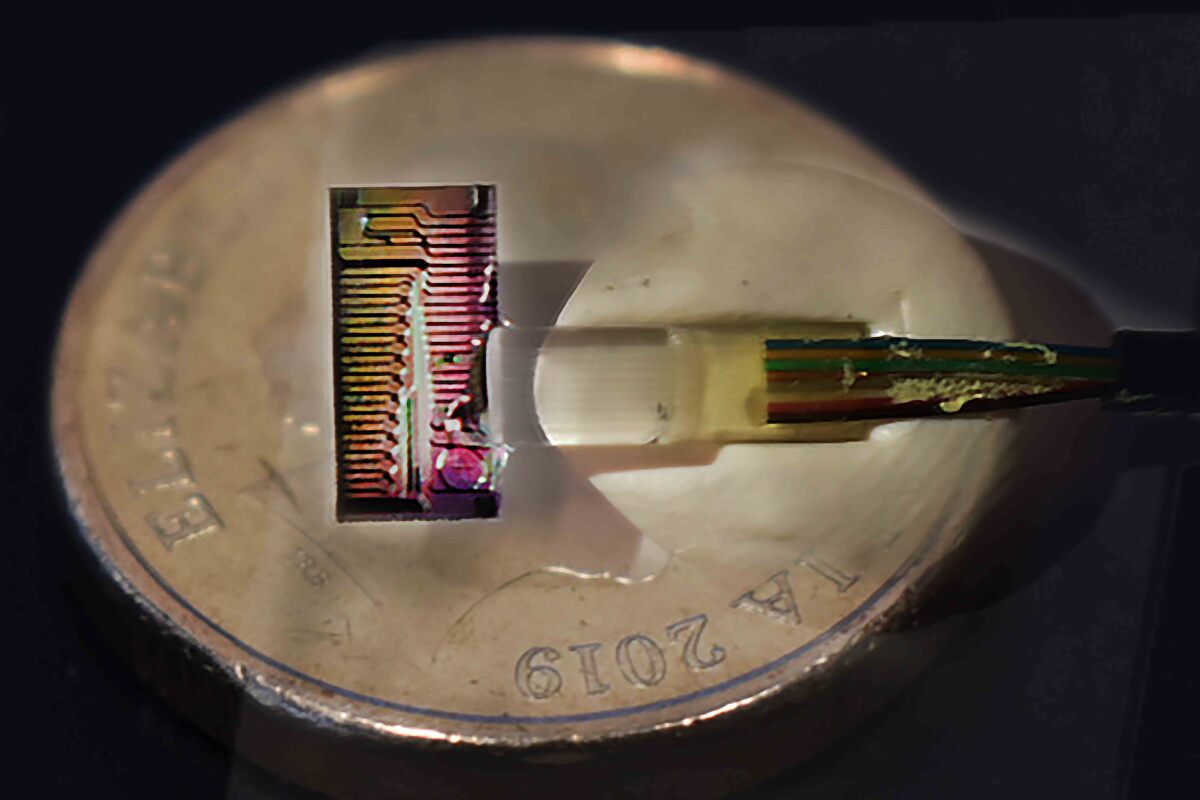An Australian research team has recorded the fastest ever internet speed from a single light source – an absolutely astounding 44.2 Terabits per second. That’s more than 44,000 times faster than the highest speed connection available to consumers today. This incredible feat was made possible by a new kind of optical chip.
The key to the breakthrough was a new device called a micro-comb, which was being field tested for the first time. This device replaces 80 individual infrared lasers, each of which can be used as a separate communications channel.
The team, made up of researchers from Monash, Swinburne, and RMIT universities, tested the technology using 76.6 km (47.6 mi) of optical fibers, installed between two university campuses in Melbourne, Australia.
Across 4 THz of bandwidth, the network was able to transmit data at a blistering speed of 44.2 Tb/s. It’s hard to overstate just how fast that really is. The fastest internet speed available to consumers is Google Fiber, which clocks 1 Gb/s. The US Department of Energy’s dedicated science network, ESnet, maxes out at 400 Gb/s – but that’s reserved for organizations like NASA.
The fact that these speeds were reached using existing infrastructure like optical fibers suggests that it could be relatively easy to scale up for public use, once photonic chips can be integrated. That said, don’t expect to be downloading the entirety of Netflix in an instant anytime soon.
“Long-term, we hope to create integrated photonic chips that could enable this sort of data rate to be achieved across existing optical fiber links with minimal cost,” says Arnan Mitchell, lead researcher on the study. “Initially, these would be attractive for ultra-high speed communications between data centers. However, we could imagine this technology becoming sufficiently low cost and compact that it could be deployed for commercial use by the general public in cities across the world.”
The research was published in the journal Nature Communications.
Source: Monash University
–
(For the source of this, and many other equally interesting and important articles, please visit: https://newatlas.com/electronics/44-terabits-internet-photonic-chip/)









